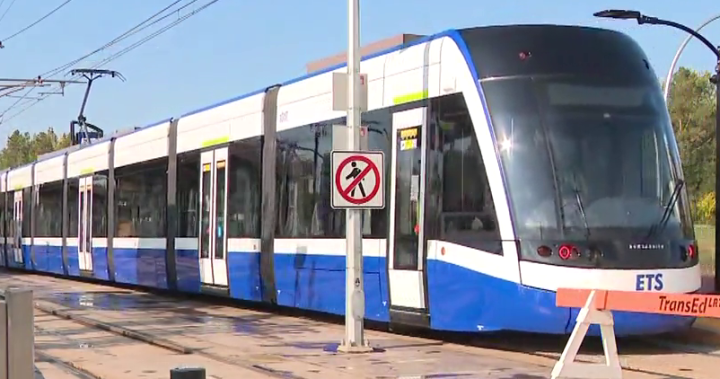And regardless of what your preferences are, which seems to include preferring train because "ooh train" rather than potentially faster buses, the fact is that you can already live Downtown (and other central neighbourhoods, including ones without LRT, like Old Strathcona) very easily without a car, and have been able to for a long time.
I'll point out one clear advantage of trains over buses, that go way over travel times (which will be, at the very least, comparable to our current bus lines): reliability and previsibility, especially in the winter. Unlike buses, that are intrinsically dependant on traffic (which more often than not, is severely impacted during our long winters), trains can maintain a steady, predictable and reliable headway. This is, oftentimes, more important than travel times, as it gives transit users the ability to plan their trips accordingly and minimize waiting times and exposure to the elements.
As for the travel times, I'm using Bay-Enteprise Station-WEM as an example, as it's the closest station to the future VLW one, towards our main attraction on the line.
By bus, It would take around 35min at 2am, 45min between 7:30 and 9:30am, 50min between 4:00 and 7:00pm, and roughly 40min in the off-peak hours during the day. These times increase in the winter (from 5 to 15 minutes, depending on the day). Travel times from Lewis Farms to Downtown (102 St) are estimated to be at 30 minutes. Even if they're off by 10min (which is a lot) it'll be ~35min to WEM. It's the same as the shortest bus trip you can take, but CONSISTENTLY, all day long, year-round, independent of traffic or weather, save for the occasional unpredictable issue that'll exist in any transit mode (buses break, get into accidents, etc, all the time, for example). If their estimates are correct, it could be at ~25min, which, during rush hours, would be about half of the travel time of the fastest bus (900X) and less than 40% the slowest (2). Off peak it would still be a whole 30% faster than the fastest bus.
Comparing it with car travel times, the same route would take ~20min at 2am, ~30 minutes between 7:30 and 9:30am, and between 35 and 40min between 4:30 and 6:30pm. Note that some of these times are equal, or longer, than the LRT expected travel times, which would make it worth it even for car owners to ditch their vehicles for this trip.
A similar case can be made for Millwoods-DT, if you take the time to look at the average travel times for buses and cars from MWTC to DT, and compare with the estimated 30min on the LRT.
Taking the LRT to WEM (which were using as the main reference point for the VLW) from places like Belgravia, McKernan, Garneau, the U of A (which has a substantial amount of students working at the mall), as well as anything around the Capital Line towards the north, will be at least just as fast, but easier, more reliable and more comfortable, as well.
That's not to mention the very neighborhoods around the whole Valley Line, which will be at 1hr away at the most, from the WEM, for example (just 10min under their current average bus travel times, from MWTC, and that average time saving holds for everything between MWTC and Muttart).
And, of course, there's also more room to increase capacity at a lower cost and less hassle, by easily increasing frequency.
Push comes to shovel, if eventually the city decides to do it, it can give full signal priority to them, making them substantially faster than the buses.
The Valley Line is not perfect, and I would have made changes, if it were up to me (elevated at Bonnie Doon, different alignment on a few sections, building the west portion first). But it will mean a significant improvement to transit and accessibility in Edmonton, especially by linking what is the biggest single travel generator in the city to the train grid.
Adding BRT connections, especially east-west (23 Ave and 137 Ave), and north-south (St Albert Trail/142st and 50st)for example, could make it all work even better, since we're unlikely to ever see train lines on these routes, but they have plenty of space for additional, partially segregated bus lanes.
